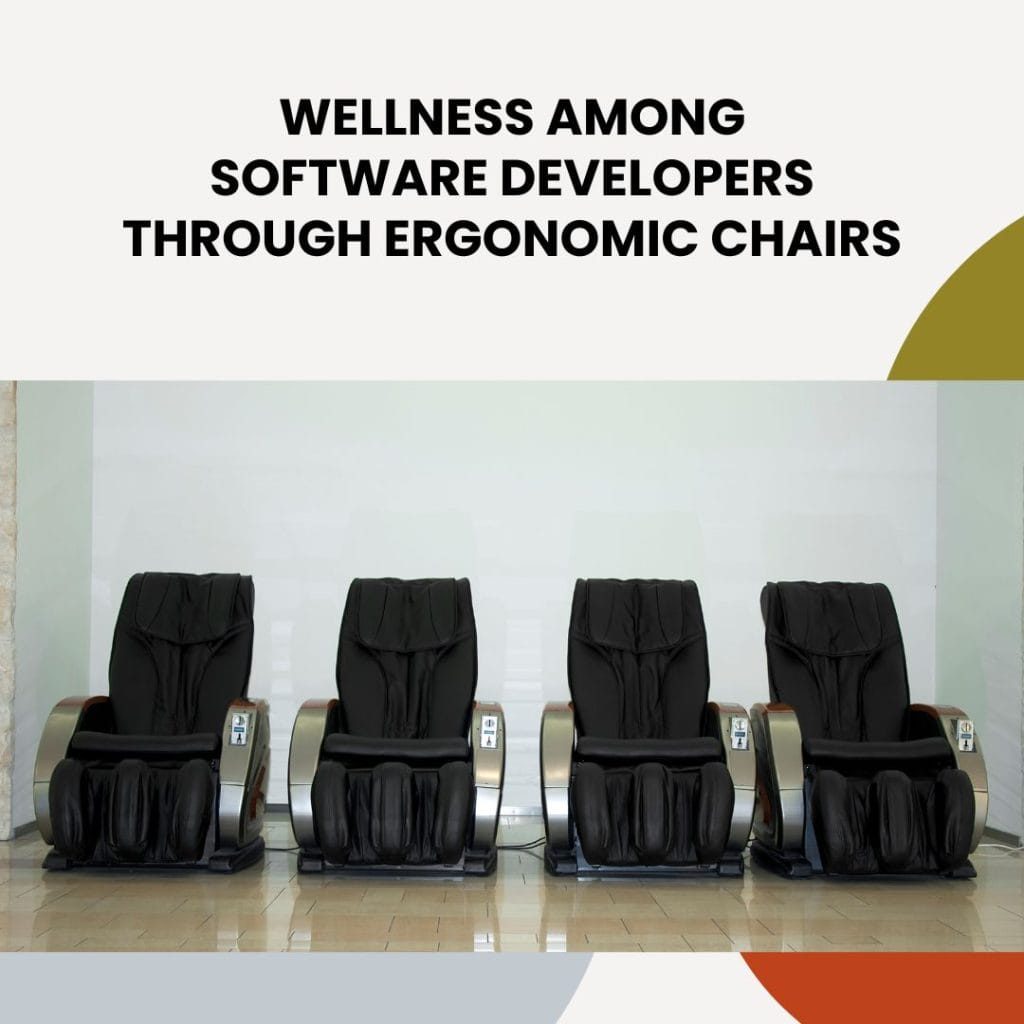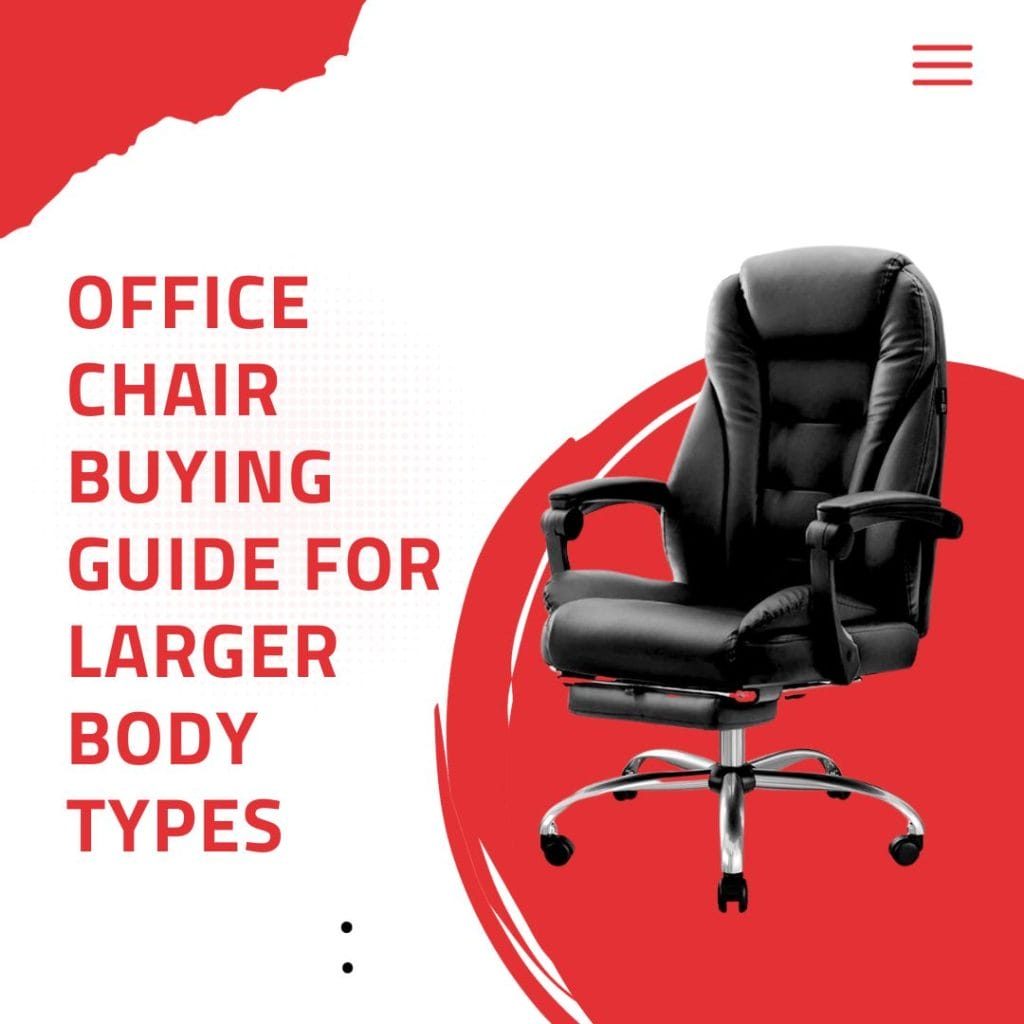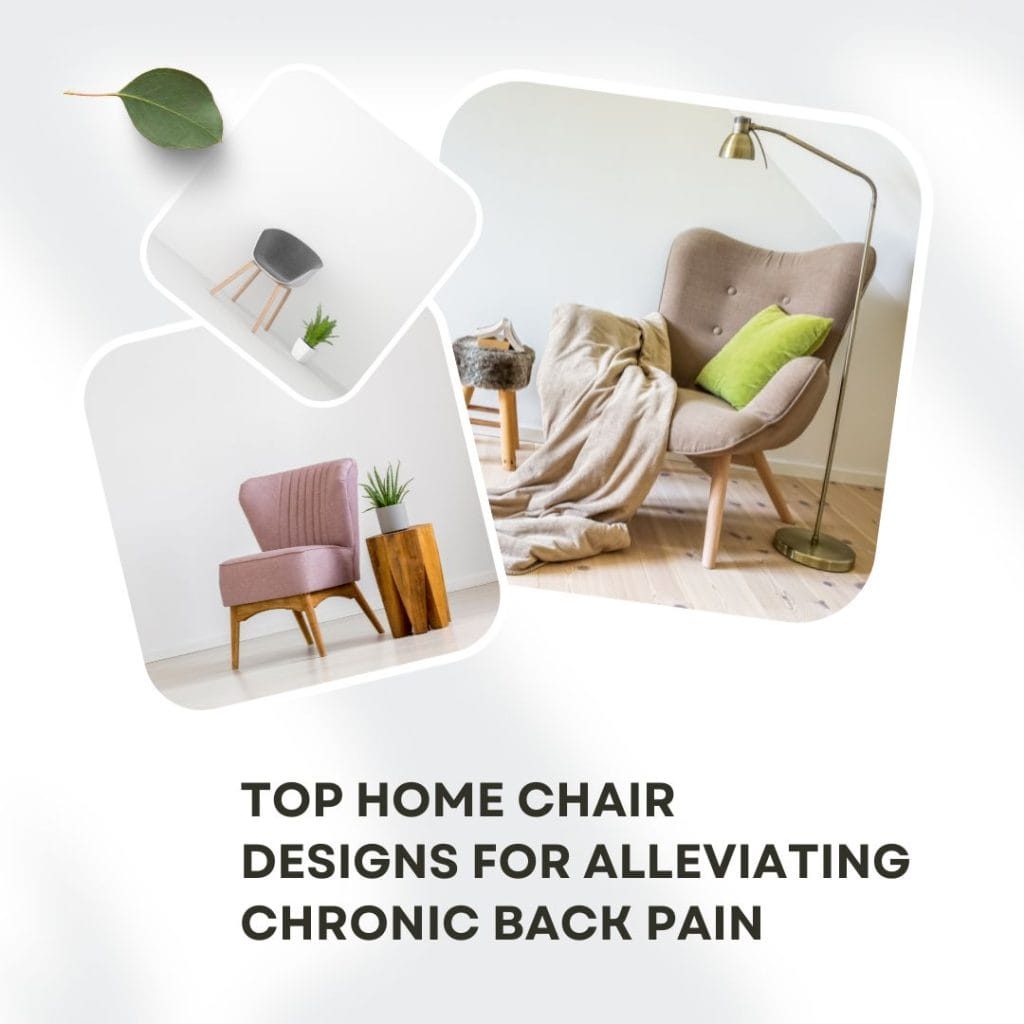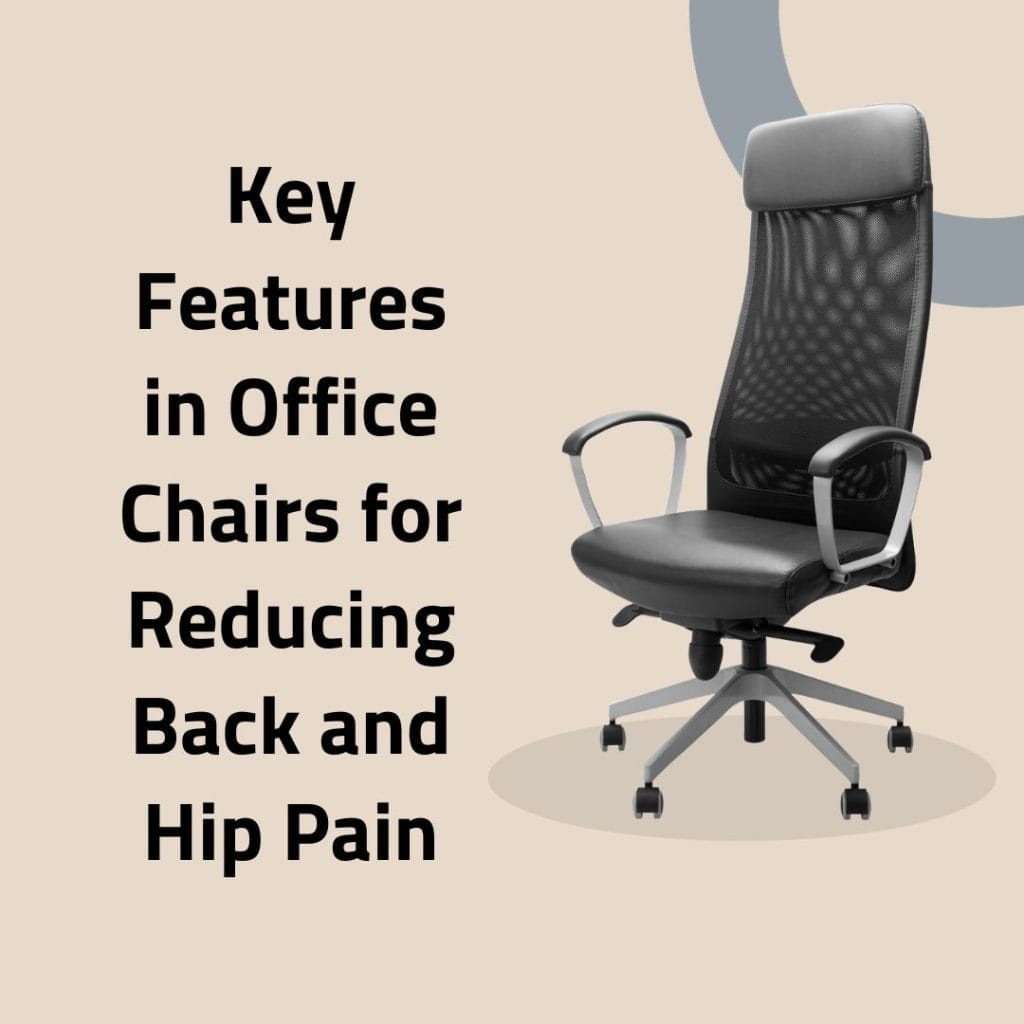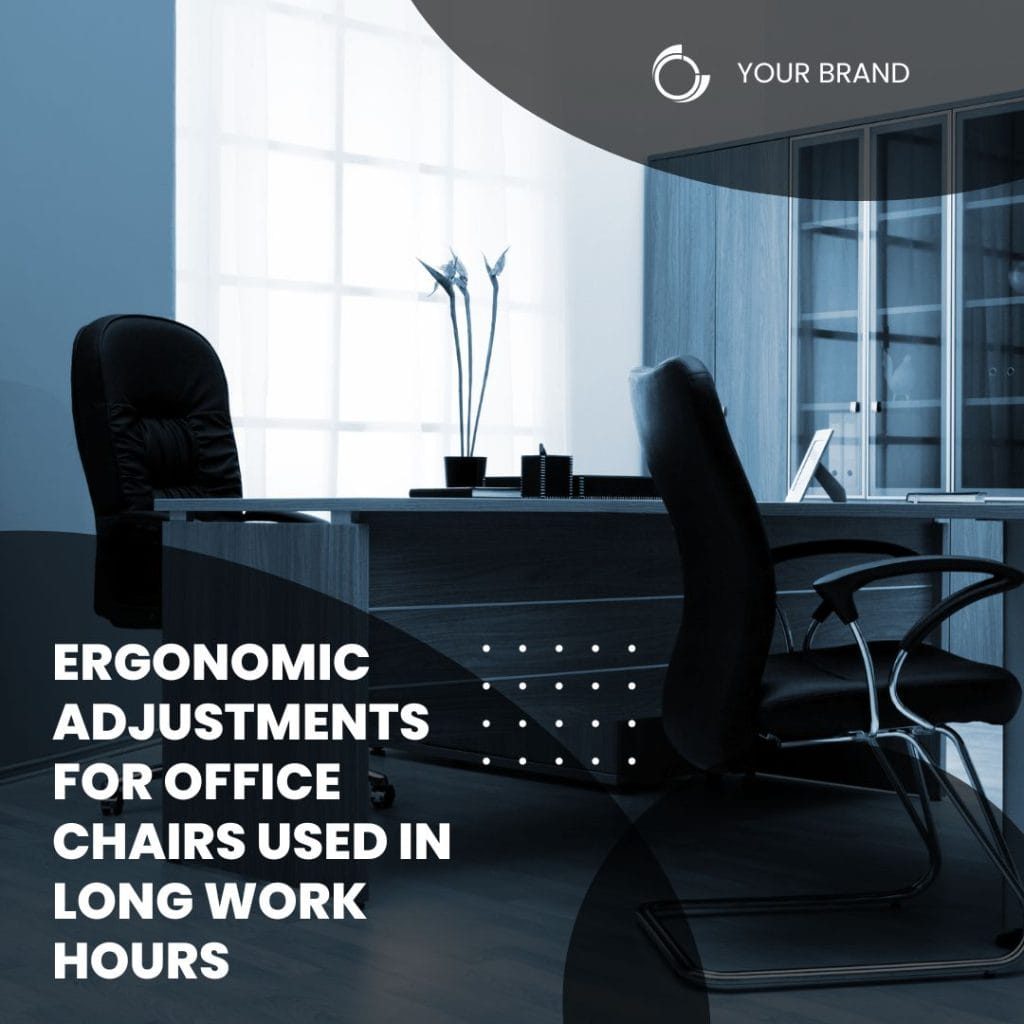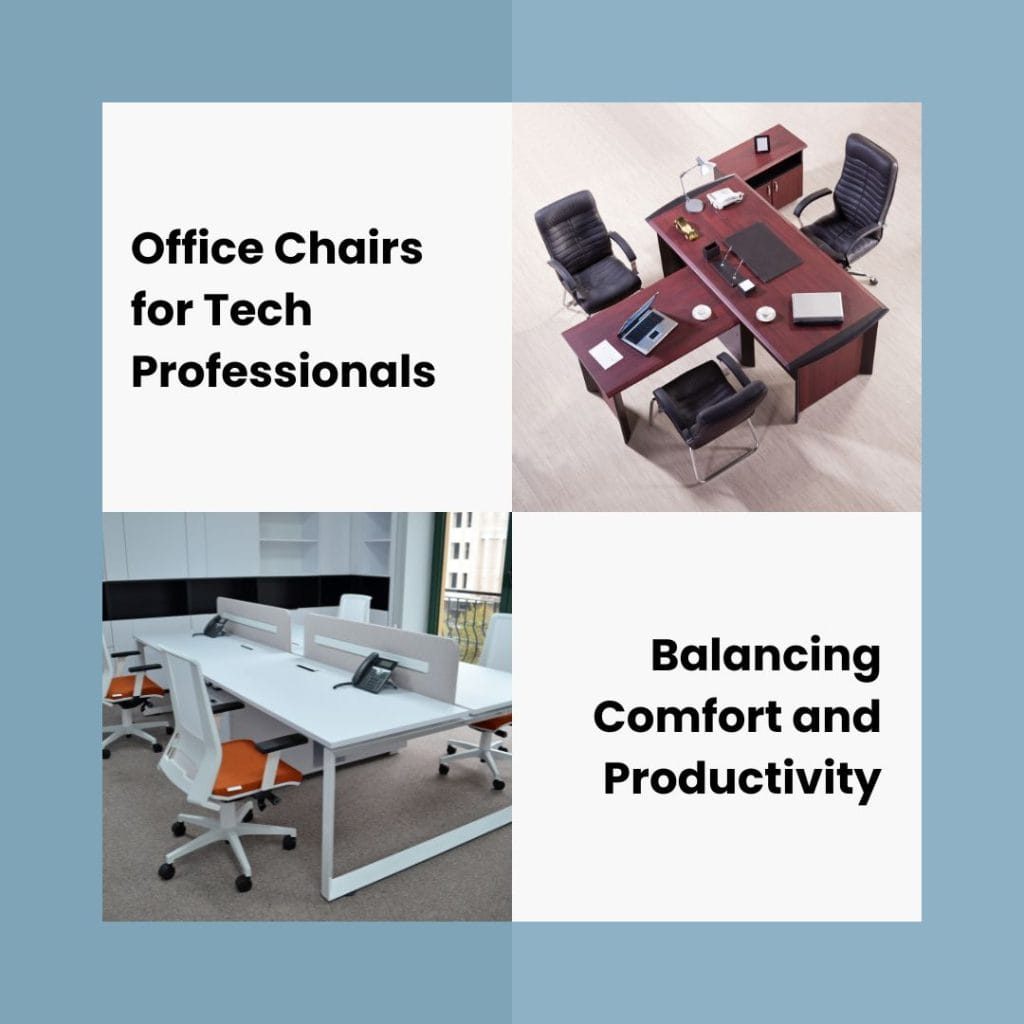The modern tech professional’s workspace is pivotal in bolstering productivity, fostering creativity, and enhancing comfort. Central to this workspace is the office chair, a seemingly mundane object that can significantly impact a tech professional’s work quality and health. Selecting the proper office chair is essential in preventing posture-related issues and ensuring the well-being of tech professionals, who usually spend hours in front of their computers. This document will delve deeper into choosing the correct office chair, focusing on striking the perfect balance between comfort and productivity.
Balancing Comfort and Productivity
To achieve a harmonious balance between comfort and productivity, it’s crucial to consider both ergonomic design and functionality in an office chair. Ergonomically designed chairs reduce the strain on the body’s musculoskeletal system, lowering the risk of developing chronic conditions such as carpal tunnel syndrome or back pain. These chairs often feature adjustable seat height and depth, lumbar support, and armrests to accommodate different body types and sitting postures.
On the productivity front, chairs that offer mobility, such as swivel features and casters for easy movement, can enhance efficiency in a workspace. A chair’s material also influences productivity by influencing the user’s comfort over prolonged sitting periods. Breathable fabrics can keep tech professionals cool during long coding sessions, while cushioning provides necessary support. Thus, striking a balance between comfort and productivity in office chairs is a strategic approach considering health, comfort, and work efficiency.
Choosing the Right Office Chair
Understanding one’s needs and workspace requirements is the first step in selecting the right office chair. It’s important to consider factors like the duration of usage, the nature of the work, the available space, and one’s physical attributes.
Duration of Usage: If you spend a significant portion of your day sitting, investing in a high-quality, ergonomically designed chair is crucial. Frequent short breaks for stretching and moving around can also mitigate the adverse effects of prolonged sitting.
Nature of Work: For tech professionals who frequently move around their workspace, for instance, to access printers or collaborate with team members, a chair with smooth casters can improve mobility and efficiency. Conversely, for jobs requiring prolonged focus at a computer screen, features like adjustable armrests to support the forearms during typing can reduce strain.
Available Space: Measure your workspace to ensure your new chair fits comfortably, with enough space to move around. Overlarge chairs may limit mobility and cramp the workspace, affecting productivity.
Physical Attributes: Everyone is unique, so there’s no one-size-fits-all chair. Consider your height, weight, and body type. Look for adjustable features that allow you to customize the chair’s fit to your body, promoting good posture and comfort.
Choosing the right office chair for tech professionals is a process that requires careful consideration and personalization. Remember, the goal is to find a chair that will equally support your productivity and comfort.
Maintaining Your Office Chair
Regular maintenance of your office chair can extend its longevity and maintain its functionality. Here are a few tips to help you keep your chair in optimal condition:
Regular Cleaning: Clean your chair regularly to prevent the buildup of dust and allergens. Use appropriate cleaning products based on your chair’s material. For example, a leather chair would require a different cleaning method than a fabric one.
Check for Wear and Tear: Regularly inspect your chair for signs of wear and tear, such as loose screws, worn-out wheels, or damaged upholstery. Address these issues promptly to prevent further damage.
Lubricate Moving Parts: If your chair has moving parts, like wheels or adjustable features, lubricate them regularly to keep them functioning smoothly. Be sure to use a suitable lubricant for the material.
Avoid Excessive Weight: Adhere to the manufacturer’s specified weight limit for the chair to prevent straining and damaging its structure.
Rotate Usage: Rotate usage between different chairs to evenly distribute wear and tear.
Following these maintenance tips can help maximize the lifespan of your chair, ensuring it remains comfortable and productive for a longer period.
Conclusion
Investing in a quality office chair yields tangible long-term benefits that justify the initial expenditure. Health-wise, a well-built ergonomic chair can alleviate the risk of developing musculoskeletal problems and posture-related issues, promoting overall well-being. From a productivity perspective, a comfortable chair fosters increased focus and efficiency, directly influencing work output. Furthermore, quality chairs tend to have a longer lifespan, reducing replacement frequency and contributing to environmental sustainability. Ultimately, the benefits extend beyond personal comfort and productivity, impacting broader health and sustainability goals. Thus, investing in a quality office chair is not merely a purchase but a holistic investment in long-term health, productivity, and environmental responsibility.

